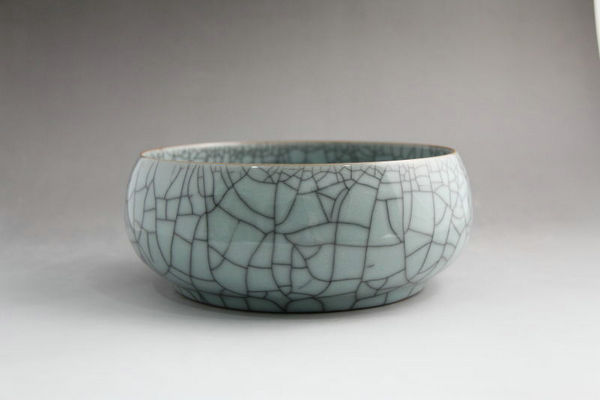 |
|
Geyao, or the elder brother ware. [Photo/Xinhua] |
Preparatory work for the G20 summit has entered its countdown by the side of beautiful West Lake in Hangzhou, East China's Zhejiang province.
The event "Wonderful G20, Zhejiang Story" highlights the fine Zhejiang cultural character, represented by unique traditional arts such as Longquan celadon.
Longquan, a city in the province, is known for its celadon producing. Archaeological discoveries have shown that its celadon can be traced back to as early as the year 220 AD with simple household wares of teapots, bowls and plates.
The golden age of Longquan celadon production came in at the Southern Song Dynasty in Chinese history between 960 AD and 1279 AD, and then production technology matured and mass production became feasible.
The beautiful ceramic products gained widespread fame when adventurers travelled along the Maritime Silk Road. They tripped all the way to markets in Southeast Asia, India, the Arab world and even East Africa.
Making celadon is an exhausting process. Simply put, five steps are needed: molding, air drying, trimming and carving, firing, and glazing.
The best celadon is made out of grey clay which could only be found in the Longquan city. Mixed with water and lime, the clay will be kneaded repeatedly until its ductility is best for molding in days.
Molding the clay into shape is quite another story which requires patience and attentiveness. Placed on plates spinning at high speed, the clay will be molded into vases, plates, cups and teapots. And then, the raw clay-wares will be placed under the sun for several weeks until it is fully dried.
|
|
|
|
|
|
|
|
